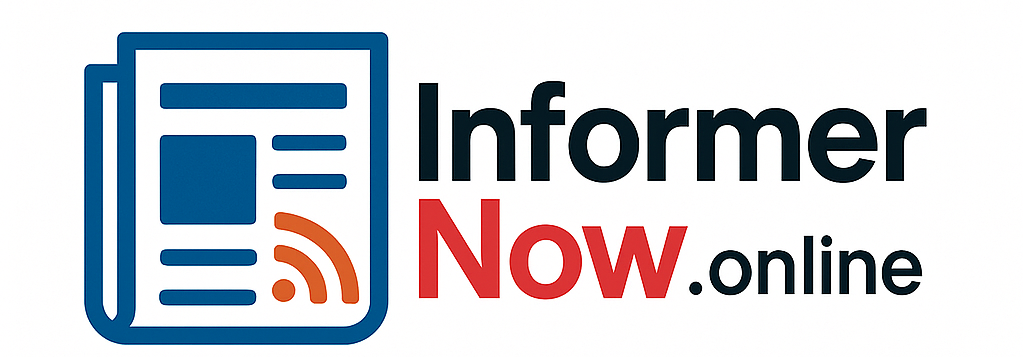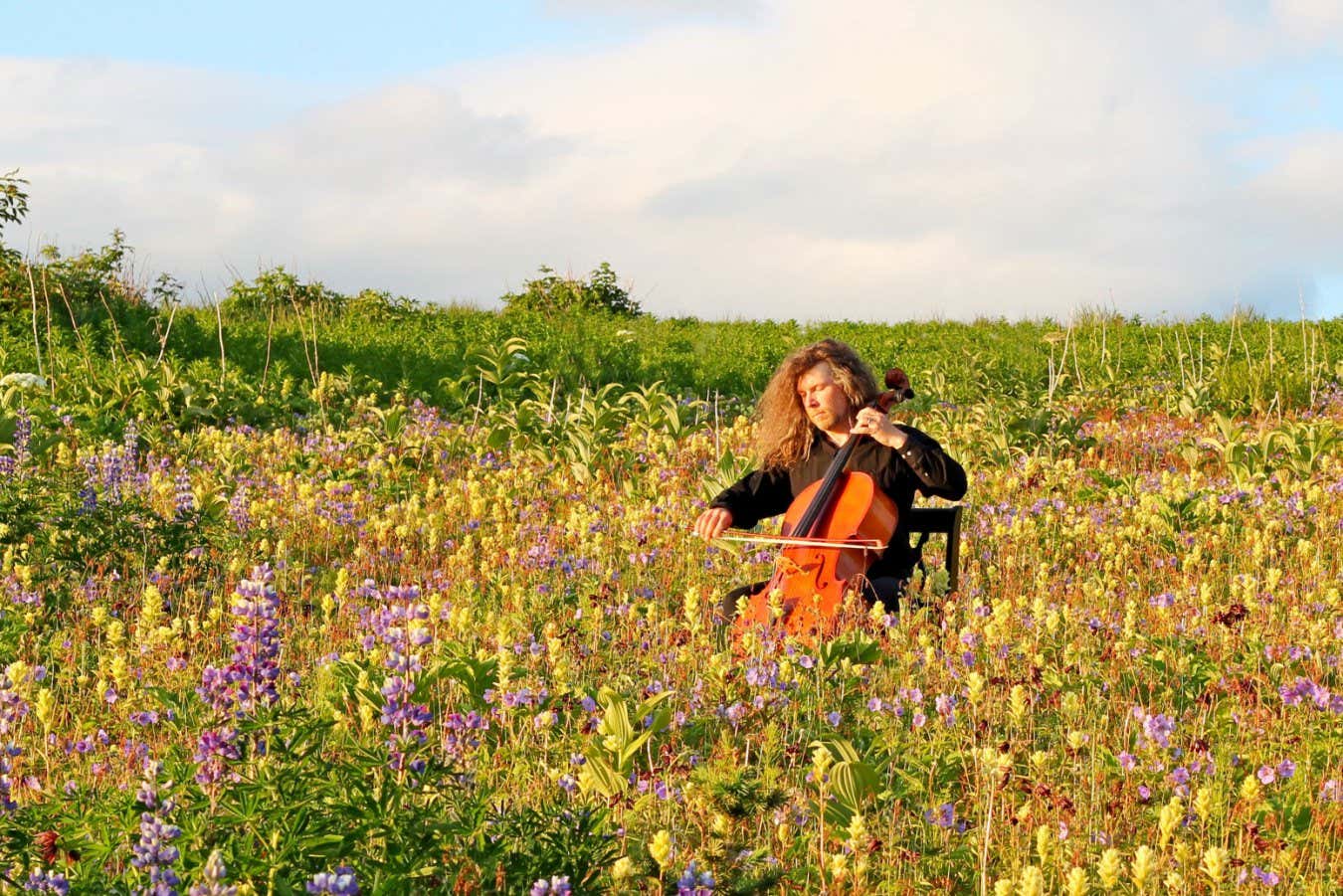New research offers the strongest evidence yet that the intricate web of connections linking different regions of the human brain can reveal what each area does.
Earlier studies had identified links between brain connectivity and certain mental functions, such as perception or social behavior. However, this new work expands that understanding to the entire brain. It provides what researchers describe as a “bird’s eye view” of how structure and function fit together, said lead author Kelly Hiersche, a doctoral student in psychology at The Ohio State University.
“We found evidence suggesting that connectivity is a fundamental organizational principle governing brain function, which has implications for understanding what happens when things go wrong in the brain,” Hiersche explained.
Unique Connectivity “Fingerprints” in the Brain
According to the team, the results reveal a detailed picture of the “connectivity fingerprint” for each brain region.
“Just like how everyone’s fingerprint is unique, we find that different brain regions have uniquely identifying connectivity fingerprints based on what mental function they perform,” said co-author Zeynep Saygin, associate professor of psychology at Ohio State.
Senior author David Osher, assistant professor of psychology at Ohio State, added that these fingerprints allow scientists to determine the function of a region by examining its connections. “Our findings help us understand the connectivity pattern that makes a language area unique, for example, and what makes it different from adjacent areas in the brain,” Osher said.
The study was published in the journal Network Neuroscience.
To uncover these relationships, the researchers used data from the Human Connectome Project, which includes MRI brain scans from 1,018 participants. These scans reveal how regions of the brain communicate with each other.
The team then turned to NeuroQuery, an online meta-analysis tool that provides brain maps for various cognitive processes. The tool predicts brain activity patterns across 33 different mental tasks, including speech, decision making, listening to music, and recognizing faces.
By combining NeuroQuery’s data with their connectivity models, the researchers created computational frameworks that link how the brain is wired to how it functions.
Connectivity Predicts Thought and Action
The analysis revealed a strong and consistent link between the brain’s wiring and its activity across all regions and cognitive domains. In essence, a region’s connectivity pattern could predict whether it would be active — or inactive — during a wide range of mental activities, from conversation to visual recognition to decision making.
“It supports a broadly held hypothesis among neuroscientists, that brain connectivity determines brain function, but this has not been explicitly shown until now, and not across such a large breadth of cognitive domains,” Osher said.
Although all brain regions showed this tight connectivity-function relationship, the effect was especially pronounced in areas tied to higher-level processes such as memory and executive function.
“These higher-level skills take many years to develop in people, much longer than sensory or social skills,” Hiersche noted. “It may be that as you continually use these regions of the brain for them to develop, it results in this very tight link between connectivity and function for these higher-order skills.”
Establishing a Baseline for Future Research
A key outcome of the study is that this whole-brain perspective provides a reference model for how healthy young adult brains typically operate, Hiersche said.
Researchers can now use this baseline to compare the brains of people with neurological or psychiatric conditions and identify how their connectivity and function differ.
“Knowing that connectivity is a general organizational principle of brain function across the entire brain provides a foundation for future work in this area,” Hiersche concluded.







